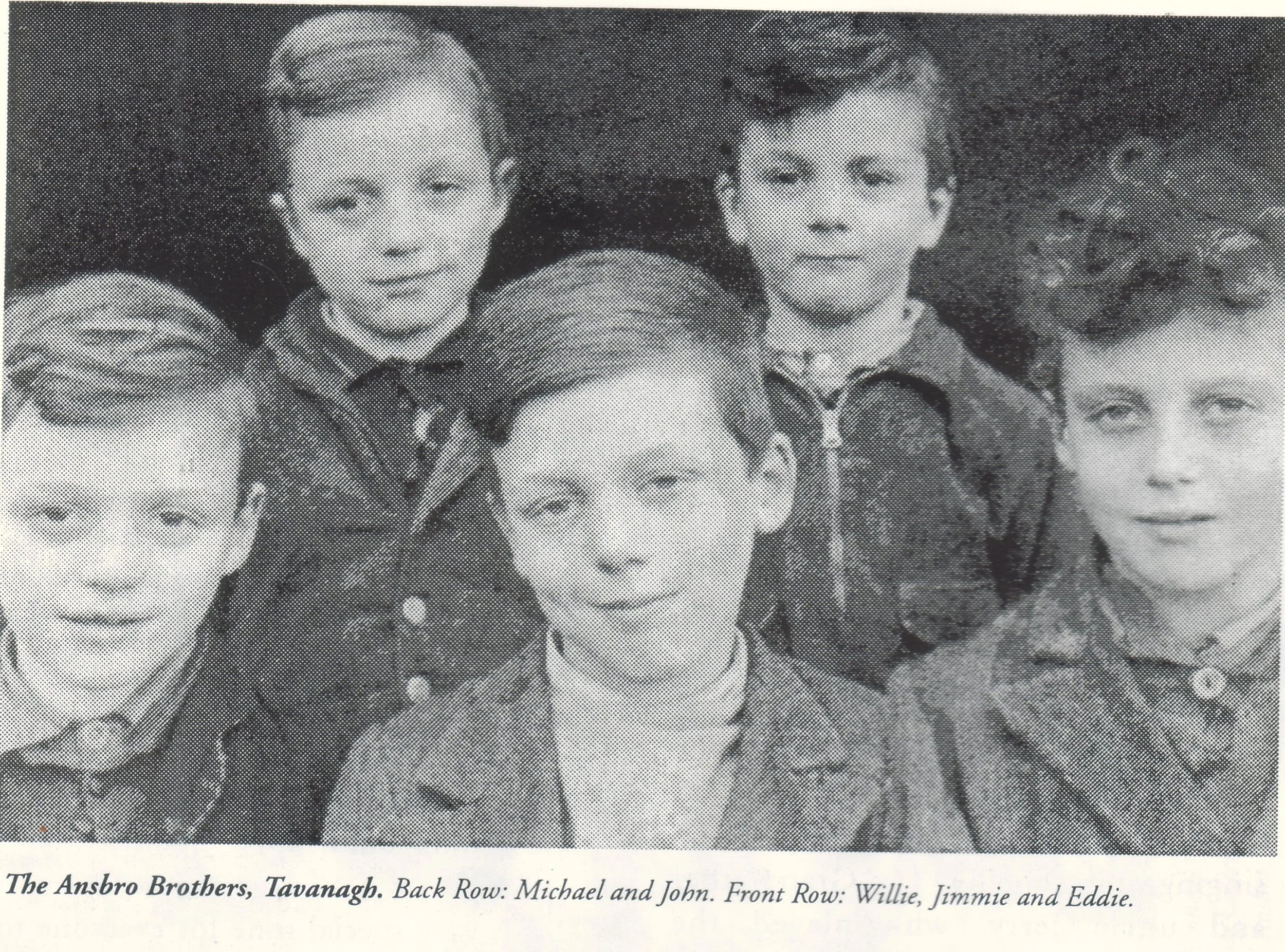Growing up in Prizon school
There has been many people that have passed through the doors of Prizon school. We have manged to preserve some of their stories here. First days at school, games they played and what it was like growing up in Prizon school.
“The other school Gardens continue to work with fair efficiency, especially that in the connexion (connection) with Prizon national school near Balla, Co. Mayo, which is man-aged in a most creditable manner and cannot fail to exercise a most salutary effect in improving the tastes and habits, as well as the industrial knowledge of the pupils.”
SUBJECTS STUDIED under the board of education.
The Board had lined out a few subjects should be taught;
- Reading
- Writing
- Spelling
- Grammar
- Arithmetic
- Music
- Geography
- History
For girls
- Sewing
- Needlework
For Boys
- Agriculture (farming)
- Book Keeping
(Source commissioners reports of the board of education)
By 1869 the school is teaching agriculture with a farm area of 1 rood. There was livestock recorded, the description of the farm was clay loam and no repair were required. It is most likely crops or vegetables were grown on the land to help pay for funding of the school. The school had been visited by a Mr. Brogan on occasion and reported back his findings to the board. In 1869 he records the land is satisfactory and made a profit of £3 16s 2d. 18 pupils on the roll.
In 1871 he said the land is of good quality and the school had made a profit of £3 13s 2d and the following is mentioned:
Education after 1922
In 1929 the primary certificate was introduced into the system, but it was optional which lead to mainly children from the main cities taken the exam. The subjects that this had covered were:
- Irish
- English
- MathsHistory
- Geography
- Needlework (for girls)
“There was a school built in Prizon on 1936 and the late Canon Reidy called it Scoil Gleann an Dún as it is near this particular fort and in a glen.
”
New school opened in 1937
In the 1940’s education was reviewed again and now the primary cert was to become compulsory. This came into effect in 1943. The subjects covered in this had also changed with the focus was on the 3 R’s;
- Irish
- English
- Arithmetic
Catechism (religion) would have been taught as well in Catholic schools. The Primary Cert remained until 1967 when yet again education was reborn into something closer to what is taught today. With the intermediate cert and leaving Cert being the main exams for pupils.




















A two classroom school - one redundant at this point in time and ours, the second catering for pupils (as we were referred to in those days... not students as seems to be the more commonly used term today) aged 4-12 years. By Therese (Murphy) Moran